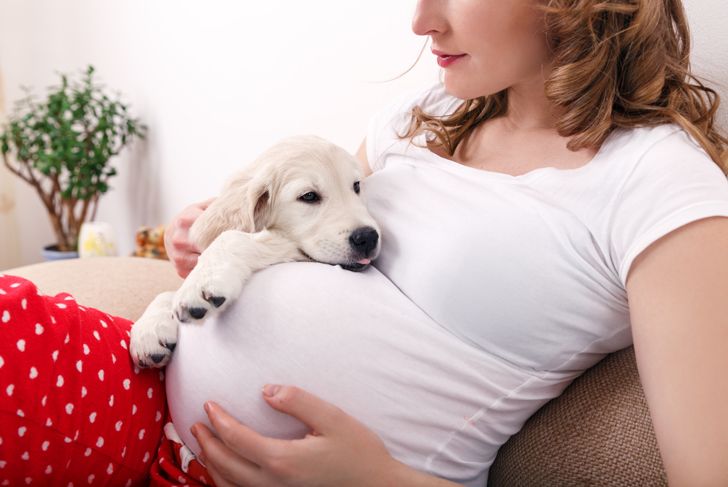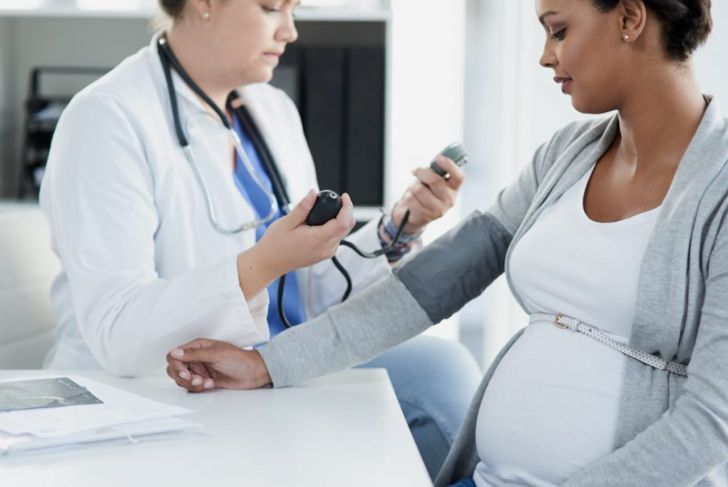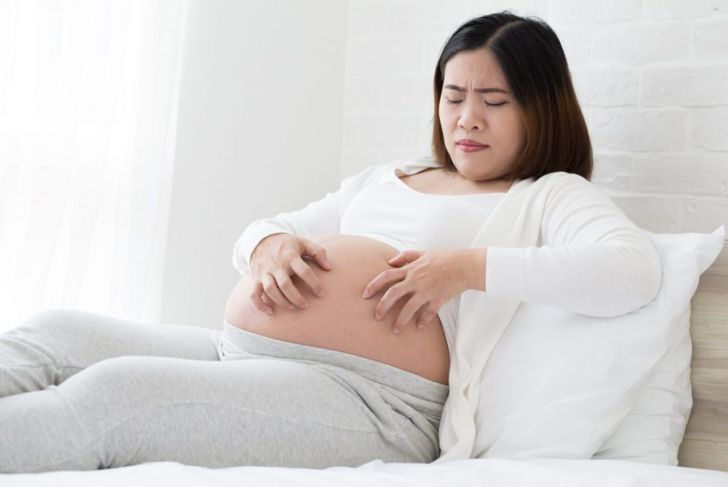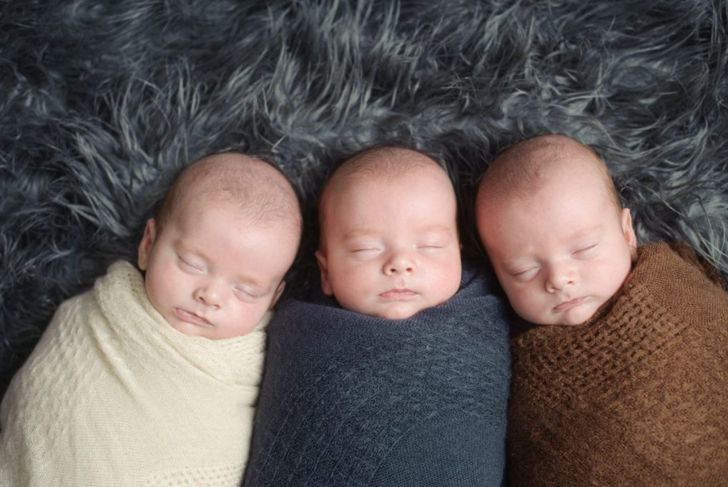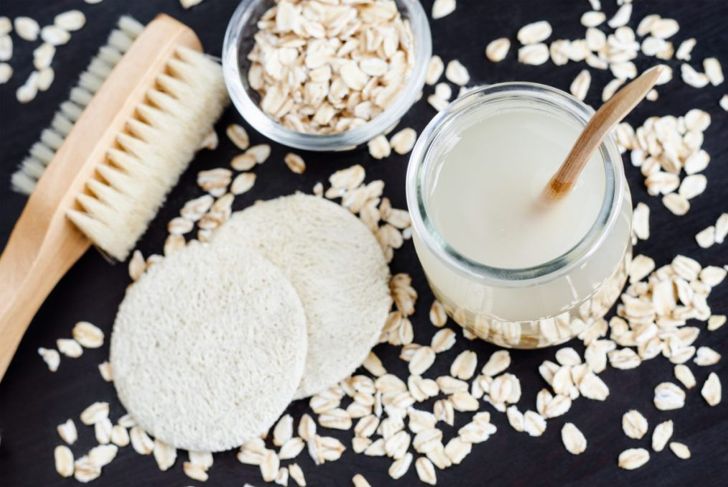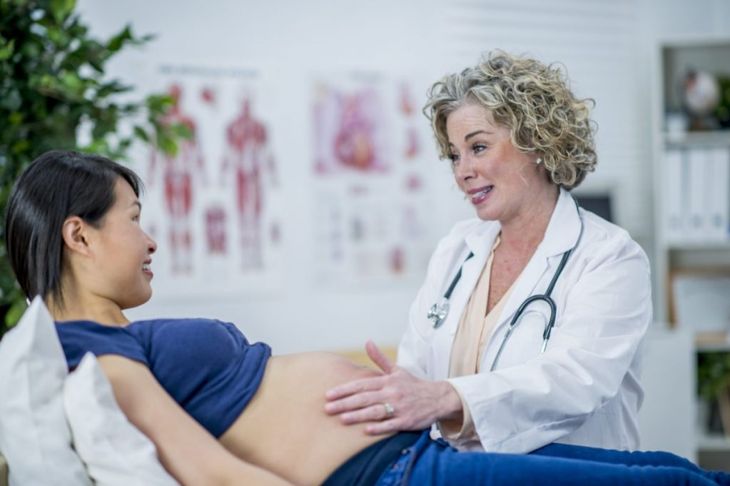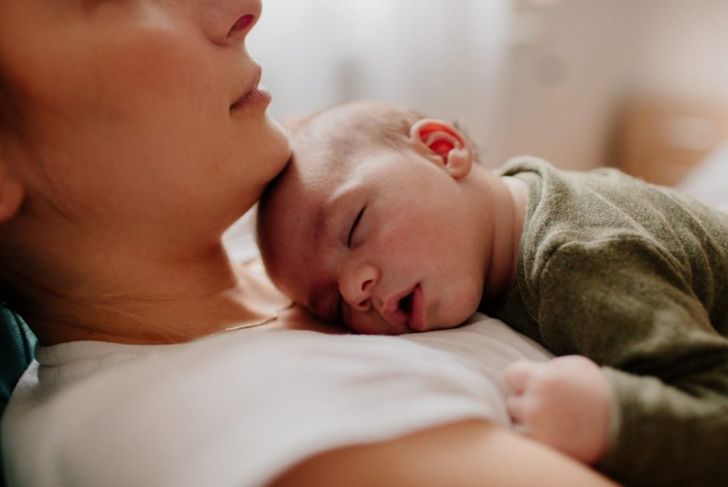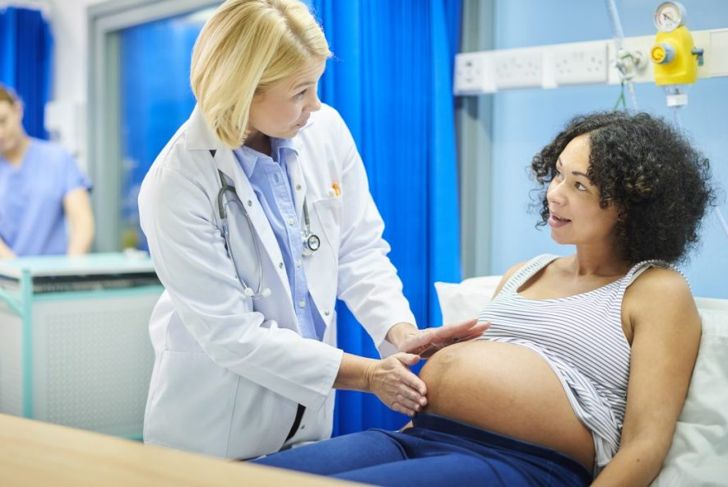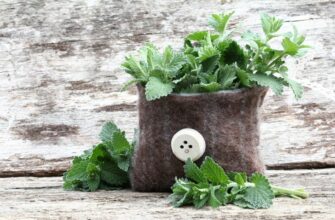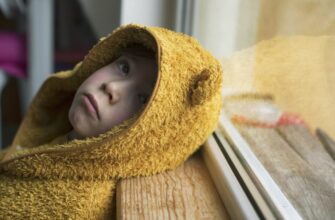When a baby is on the way, it’s an understatement to say a lot of physical changes are happening in the mother’s body, and these changes can come along with some uncomfortable side effects. Some pregnancy issues, such as morning sickness and heartburn, are common and well-known among the general public. Others, like pruritic urticarial papules and plaques of pregnancy or the PUPPP rash are less common.
What is PUPPP?
PUPPP may sound like it has something to do with dogs, but it is an uncommon skin rash that can occur during pregnancy. PUPPP stands for pruritic urticarial papules and plaques of pregnancy. Pruritic means itchy, urticarial means hives. Papules and plaques refer to broad, inflamed areas on the skin. In other words, PUPPS is an itchy, hive-causing, inflamed rash.
When does PUPPP occur?
Since PUPPP is notoriously itchy and uncomfortable, it’s a small mercy that it generally only occurs late in pregnancy, typically during the third trimester. The hive-like rash first appears on the abdomen, often among the stretch marks many women develop. From there, it can spread to the legs, feet, arms, chest, and neck.
Spreading PUPPP Rash
Though these itchy raised bumps can eventually cover the abdomen, chest, legs, arms, and feet, PUPPP never occurs on the face, and rarely affects the palms of the hands or the soles of the feet. Additionally, though it frequently begins on the belly, there will often be a rash-free area right around the navel. The locations of PUPPP makes it a fairly easy condition to conceal, should a woman feel self-conscious about the rash.
Is PUPPP harmful to the baby?
One relief for mothers who are dealing with the itchiness and aggravation caused by PUPPP is knowing it is not harmful to the baby and it does not cause long-term harm to the mother. Studies show PUPPP leads to no observed difference in the outcome of the pregnancy, except for a slight association with hypertension and induction of labor. Mothers experiencing PUPPP might request a blood pressure check from their doctor, but otherwise have little reason to worry.
What causes PUPPP?
PUPPP is a mysterious condition. Unlike woes such as morning sickness, changing hormones do not explain PUPPP. Experts theorize the condition may occur as a reaction to fetal cells circulating in the mother’s bloodstream (a normal occurrence during pregnancy) or may be triggered by the skin stretching as the belly grows.
Who is likely to get PUPPP?
Because doctors and scientists are unsure what causes PUPPP, there’s no way to know for sure who is most at risk for developing it. In general, PUPPP is more common in women experiencing their first pregnancy and those carrying multiples or large babies. Some studies show PUPPP may be more common in women carrying boys. One silver lining — PUPPP usually does not recur in subsequent pregnancies.
How can PUPPP be treated?
Pregnant moms dealing with the itch of PUPPP are eager to find a way to soothe the rash. Though it is “only a rash,” women often describe it as a difficult experience. The itch can be so intense it is distracting and can prevent sleep. Doctors typically recommend keeping the skin moisturized with thick creams or aloe vera gel. Wearing light, comfortable clothing and applying cold compresses can also help. Many women find some relief from oatmeal baths and pine tar soap.
Medications for PUPPP
If remedies such as the oatmeal bath and aloe vera gel aren’t enough to calm the severe itchiness, pregnant women can talk to their doctors about anti-itch medications or topical creams. Doctors may agree that a 1% hydrocortisone cream or lotion, or antihistamines, can help. For more aggressive cases, doctors may prescribe stronger steroid creams or ointments, or an oral corticosteroid. However, some of these medications have potentially detrimental side effects that the doctor and mother must weigh against their benefit.
How long does PUPPP last?
For most, delivery is the key to resolving PUPPP. In most cases, the itchy rash disappears within a week of the baby’s birth, though a few unlucky moms may find it persists into the postpartum period. In extreme cases, doctors may recommend inducing labor at 37 weeks to avoid the need for powerful steroid treatments.
Is it PUPPP or something else?
Women who suspect PUPPP should consult with their medical team to rule out any other conditions. Benign allergic reactions can also cause itching, as can temporary contact dermatitis. Another itchy condition that can occur while expecting is cholestasis of pregnancy, a condition involving the liver that can lead to complications if untreated. Unlike PUPPP, cholestasis itchiness often affects the hands. Pregnant women, usually those in their second trimester, can also develop pemphigoid gestationis, an autoimmune skin disease. A physician can investigate itchiness during pregnancy, rule out or identify the cause, and treat it as required.

 Home
Home Health
Health Diet & Nutrition
Diet & Nutrition Living Well
Living Well More
More